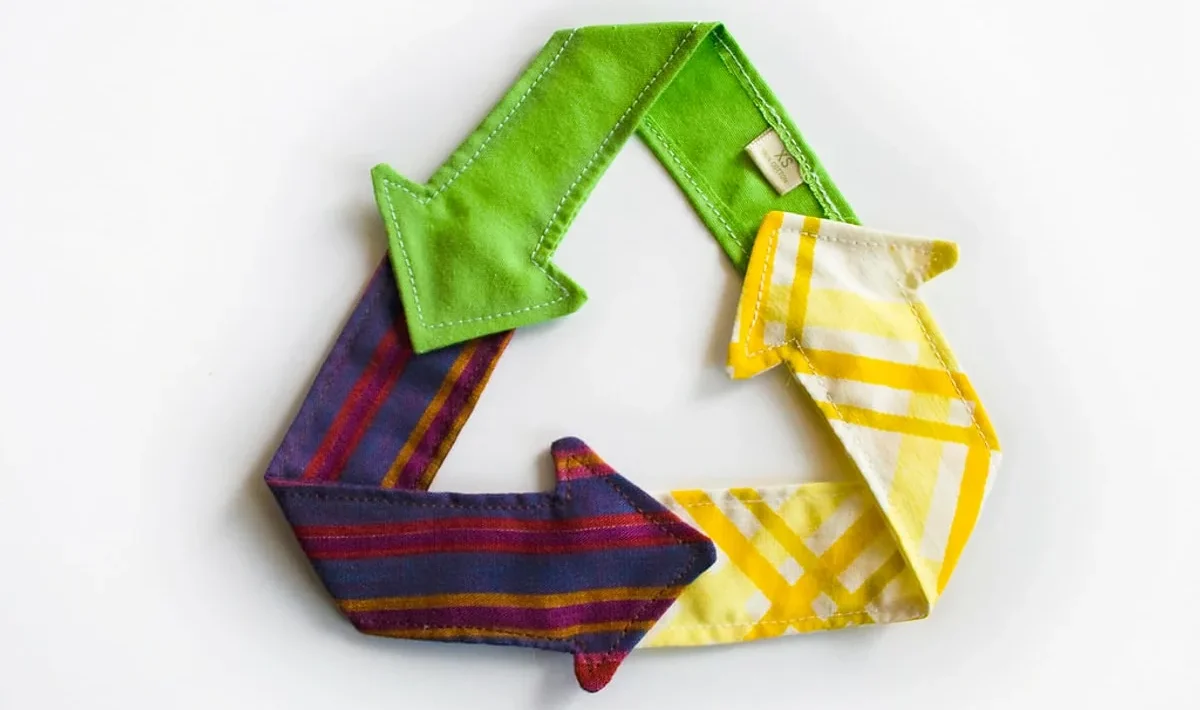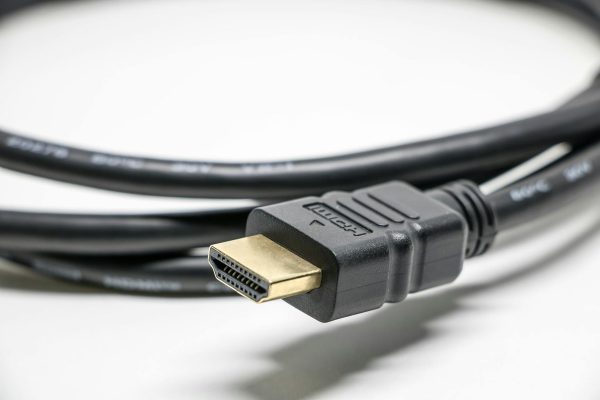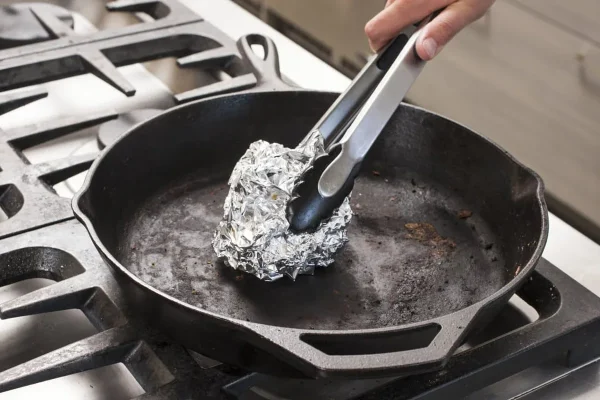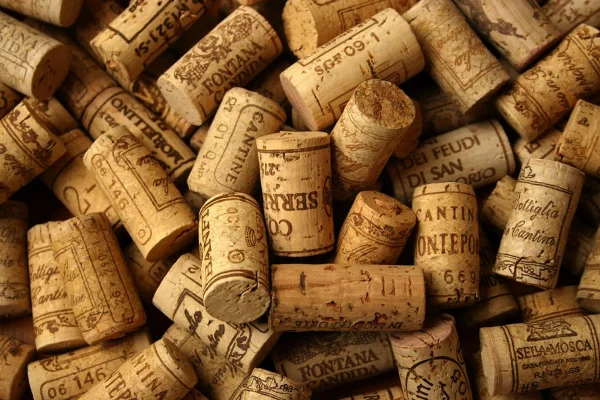Recyc’Elit uses a chemical process called solvolysis, which allows complex textile blends (such as polyester with cotton or elastane) to be recycled.
Table of Contents
- Innovative chemical process for recycling mixed textiles.
- Total material recovery: 100% circular.
- Operates at low temperature and atmospheric pressure.
- Expanding project, with industrial goal for 2028.
- Monomers and new recycled fibres are already being produced.
Recycling what was previously unrecoverable
In a small laboratory, two brothers, Ra and Karim Medak, both doctors of chemistry, decided to tackle a problem that continues to plague the planet: the recycling of textiles mixed with plastics such as polyester. Their goal was no small feat: to create a process that not only separated difficult-to-recover materials, but also did so in a sustainable and efficient manner.
This led to the creation of Recyc’Elit, a French start-up founded in 2019 that has succeeded in developing a pioneering method for breaking down complex textiles under mild conditions: low temperature, atmospheric pressure and high performance. This is a rarity in a sector where traditional methods often require high temperatures and aggressive processes, with high energy impacts and limitations on the type of waste that can be treated.
What is special about this process?
At the heart of the innovation lies a new generation solvolysis chemical process, which breaks down fabrics composed mainly of polyester, even when mixed with other materials such as elastane, cotton or polyamide. The key is its versatility: it accepts textile waste that was previously sent directly to landfill or incineration because it was impossible to recycle.
Unlike other technologies, it does not require the materials to be separated beforehand, which reduces costs and simplifies the recycling chain. In addition, the process not only recovers the monomers from the polyester (such as DMT and MEG), but also allows secondary materials, such as elastane, to be recovered with a high degree of purity.
This means that recycling is not limited to extracting a useful fraction: everything is reused, with no hazardous waste and real possibilities for reintroducing each component into new value chains.
From prototypes to production: a controlled escalation
In its early stages, Recyc’Elit operated with a pilot plant with a capacity of just 10 litres, equivalent to about 1 kg of textiles per batch. But in less than a year, with the support of strategic partners such as Ranger Green Tech, they scaled up their system to a plant capable of processing 2 tonnes of textile waste per year. Although it may sound modest, this advance represents a milestone: it is proof that the model is scalable, efficient and replicable.
They have now managed to produce several hundred kilograms of monomers, which have already been repolymerised to manufacture new textile yarns. In other words, new clothes from old clothes… without compromising the quality or integrity of the material.
And they are going even further. The company is already working on the construction of a pre-industrial demonstrator with much greater capacity, and has set itself the goal of launching an industrial pilot plant by the end of 2028. It will be a turning point if they manage to maintain energy efficiency and product purity on a large scale.
An engineering challenge and a vision
As with any pioneering project, the road is not without obstacles. Managing technological scalability is one of the biggest challenges: adapting laboratory chemistry to the industrial environment requires constant planning, multiple scenarios and adaptability.
The interesting thing here is that, despite the complexity, the team is not limited to developing technology: it seeks to transform an entire production model. Not only do they recycle textiles, but they also demonstrate that it is possible to design circular processes from the outset, with environmental criteria as the central focus, not as an afterthought.
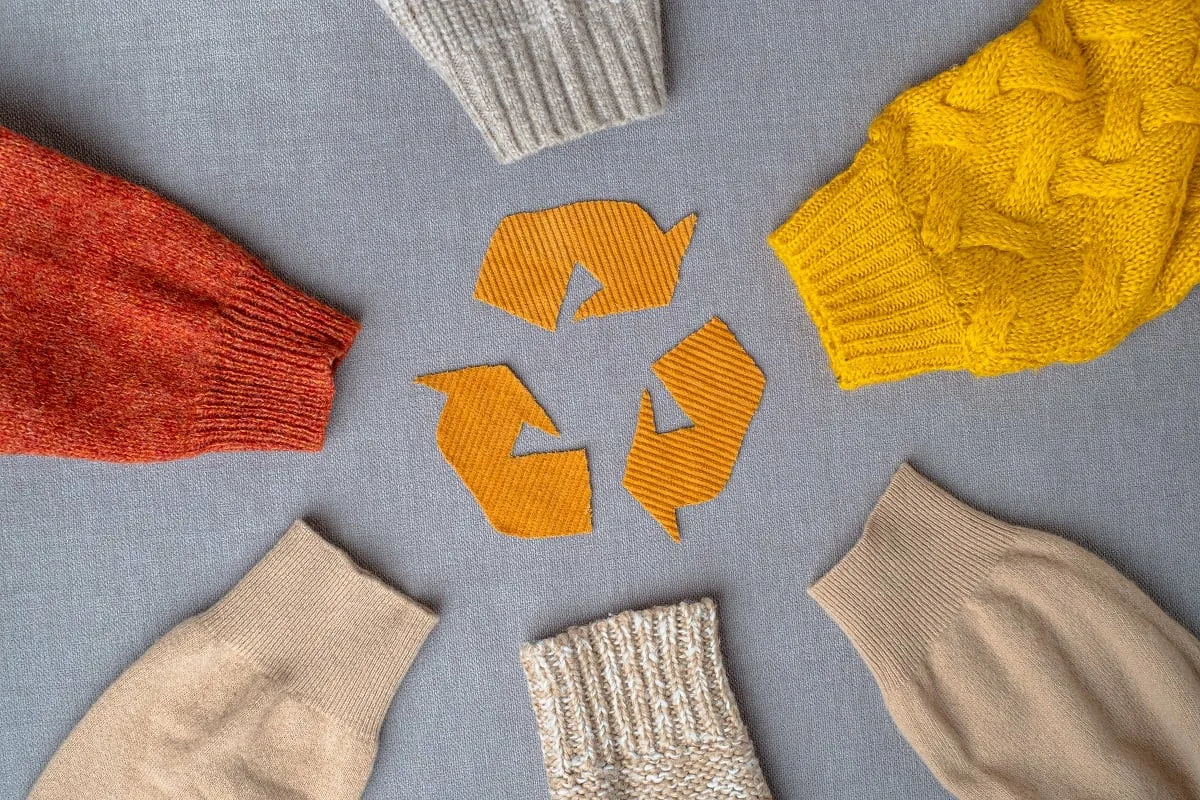
Potential
What Recyc’Elit proposes goes beyond recycling. This type of technology can change the logic of textile consumption, a sector that generates more than 92 million tonnes of waste per year worldwide.
Some key points about its future impact:
- Drastic reduction in textile waste that currently ends up in landfills or is incinerated.
- Less dependence on virgin raw materials, such as oil, to produce new polyester.
- Real circular economy in the fashion industry, beyond greenwashing.
- New green job opportunities in technological and industrial sectors.
- Possibility of replicating the model in regions with high levels of textile pollution, such as Southeast Asia or Latin America.
- Technology aligned with the climate strategies of the European Union, which seeks to make all textile products on the market circular, durable and recyclable by 2030.
At a time when the fast fashion industry is under scrutiny, solutions such as this one show a concrete and measurable path to reducing the ecological footprint of the sector. It is not about imagining a sustainable future: it is about building it with science, will and action.

